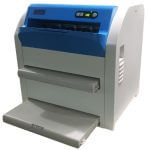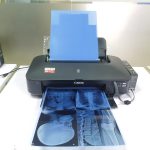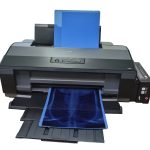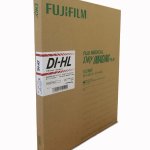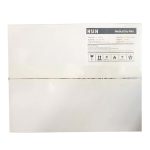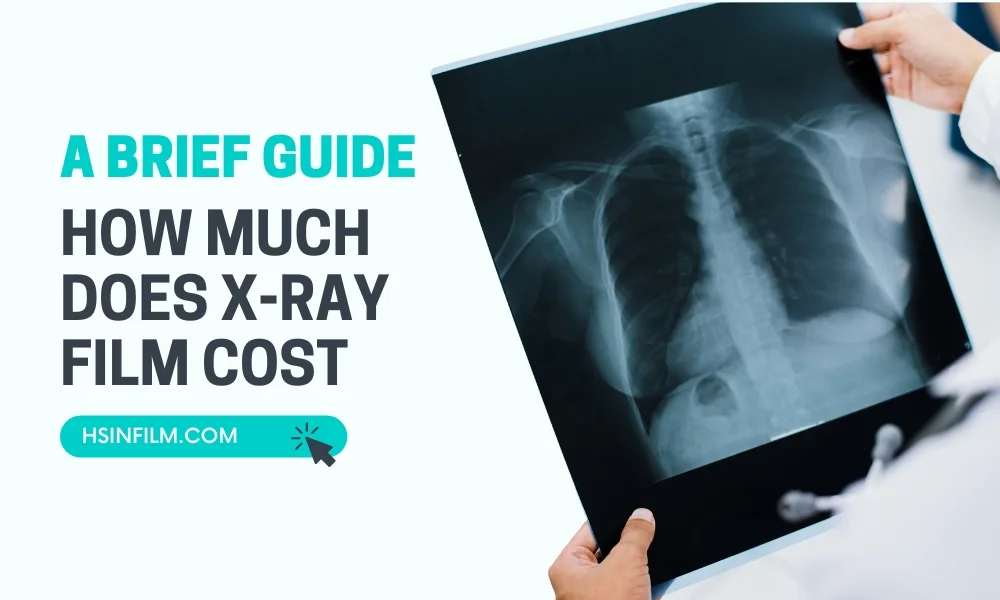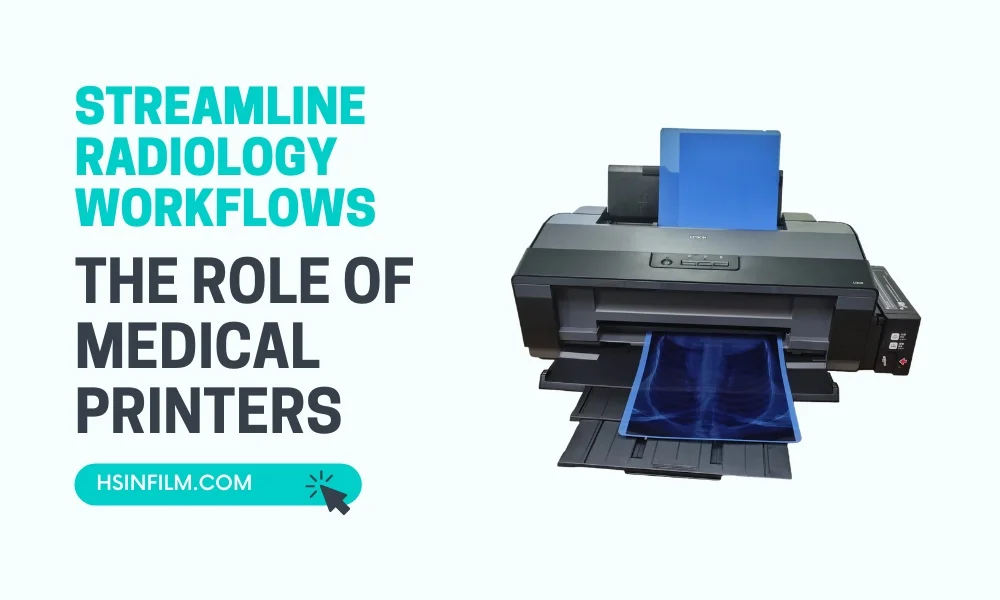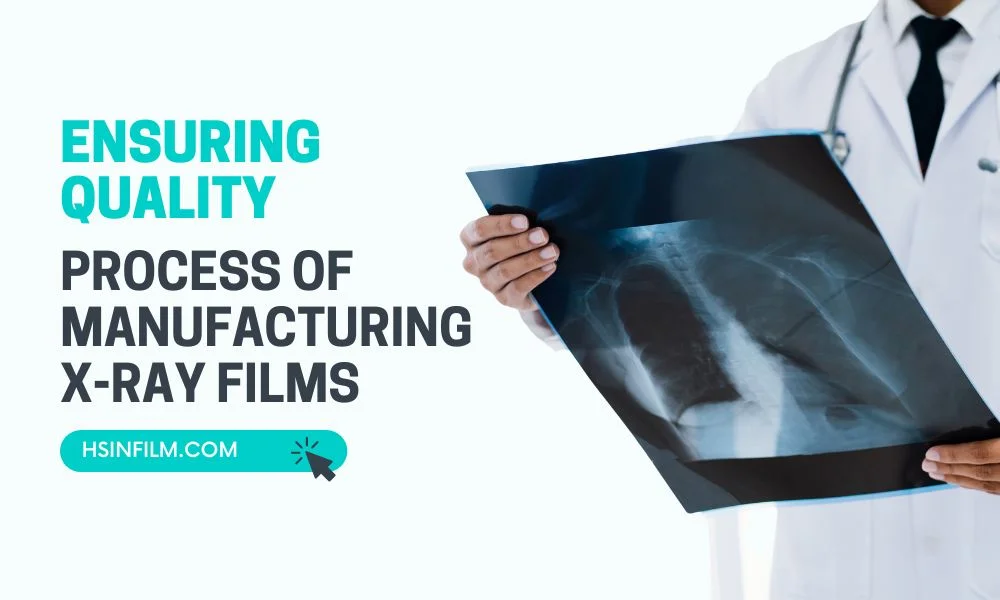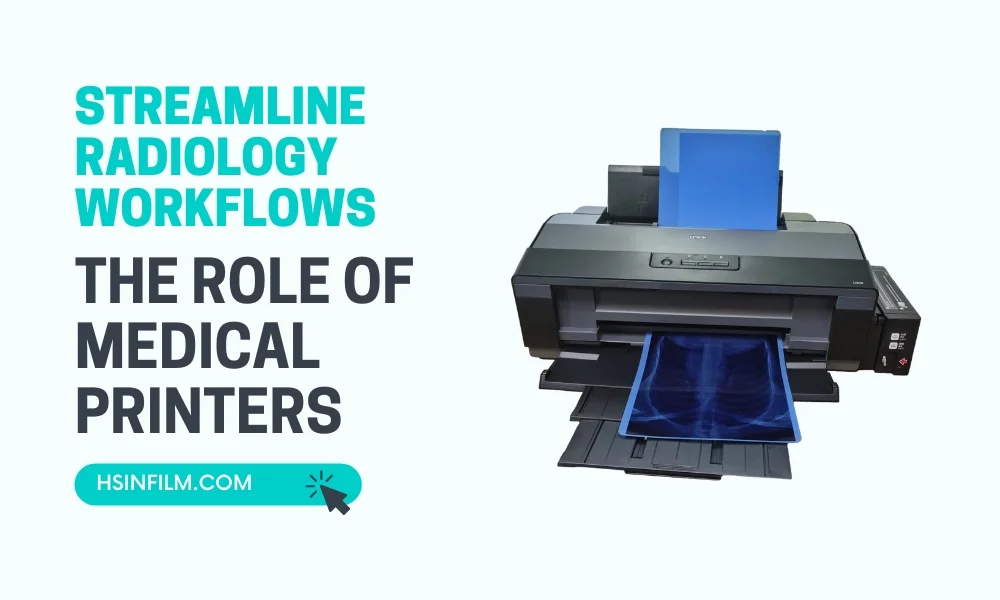Medical dry film is a critical component in diagnostic imaging, offering several advantages such as convenience, reduced environmental impact, and cost-effectiveness. However, healthcare providers often face challenges when using medical dry film. This blog post explores the common issues encountered and offers solutions to ensure optimal performance and reliability.
Table of Contents: Challenges and Solutions in Medical Dry Film Usage
Understanding Medical Dry Film Usage
What Is Medical Dry Film?
Medical dry film is used in various imaging techniques, including X-rays, CT scans, and MRIs. Unlike traditional wet film, dry film does not require chemical processing. Instead, it uses heat to develop images, making the process quicker and more environmentally friendly.
Advantages of Medical Dry Film
- Environmentally Friendly: No chemicals are used in the processing of dry film.
- Cost-Effective: Reduces the cost of chemical procurement and disposal.
- Quick Processing: Images are available faster compared to traditional wet film.
- Convenient Storage: Easier to store and handle due to its dry nature.
Significance in Healthcare
In the realm of healthcare, medical dry films are the visual storytellers. They convey the intricate details of internal structures, aiding in diagnosis and treatment planning. They are the end product, bearing the responsibility of delivering clear and accurate diagnostic information.
Common Challenges in Medical Dry Film Usage
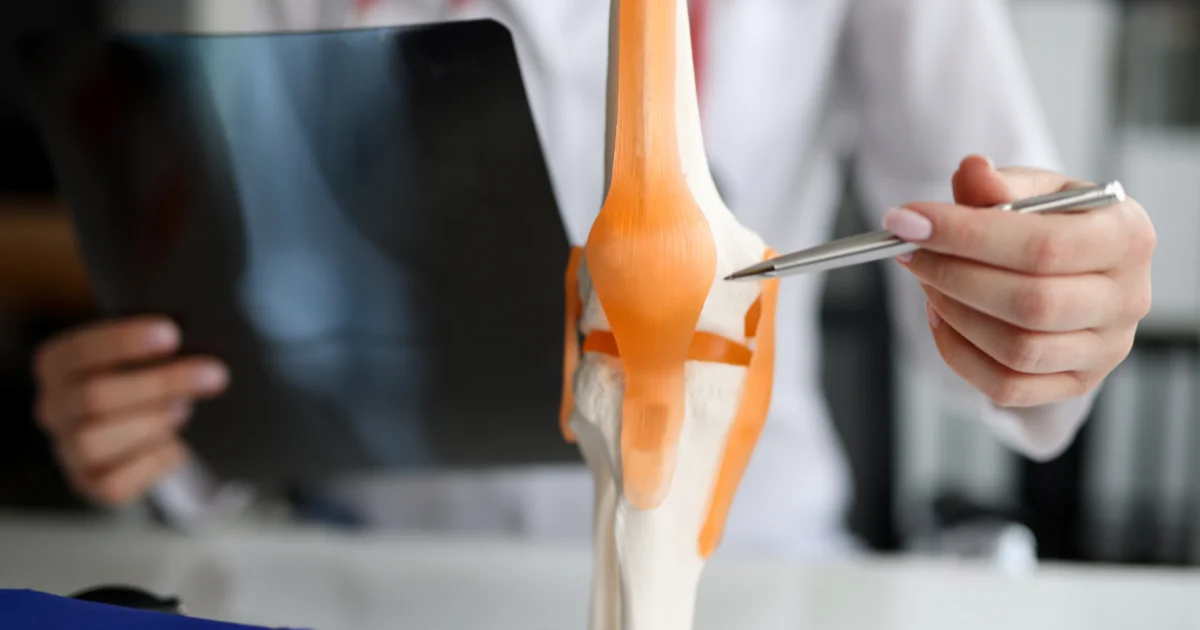
Image Quality Issues
Problem: Poor Image Contrast
One common issue with medical dry film is poor image contrast, which can lead to difficulty in diagnosing medical conditions accurately.
Solution: Calibration and Maintenance
Regular calibration and maintenance of imaging equipment are crucial. Ensure that the printers and scanners are properly calibrated to maintain high image quality. Periodic maintenance checks can help identify and rectify any issues with the equipment.
Printer Malfunctions
Problem: Printer Jams and Errors
Printer jams and errors can disrupt the workflow, leading to delays in patient care and increased frustration among healthcare providers.
Solution: Regular Cleaning and Servicing
Regular cleaning and servicing of printers can prevent jams and errors. Ensure that the printer is free from dust and debris, and follow the manufacturer’s guidelines for routine maintenance. Having a service contract with the printer manufacturer can also be beneficial.
Compatibility Issues
Problem: Incompatible Software
Sometimes, medical dry film systems may not be compatible with existing software used in healthcare facilities, leading to integration problems.
Solution: Software Updates and Integration
Ensure that the software used is up-to-date and compatible with the medical dry film systems. Collaborate with IT professionals to integrate the software seamlessly. Training staff on how to use the updated software can also help mitigate compatibility issues.
Storage and Handling
Problem: Film Damage
Improper storage and handling can lead to film damage, resulting in poor image quality or loss of images.
Solution: Proper Storage Protocols
Implement proper storage protocols to protect the dry film. Store the film in a cool, dry place, away from direct sunlight and moisture. Use protective covers and handle the film with care to prevent scratches and other damage.
Training and Knowledge
Problem: Lack of Training
Healthcare providers may lack the necessary training to use medical dry film systems effectively, leading to errors and inefficiencies.
Solution: Comprehensive Training Programs
Provide comprehensive training programs for all staff members who will be using the medical dry film systems. Regular refresher courses can also help keep staff updated on the latest best practices and technological advancements.
Cost Considerations
Problem: High Initial Costs
The initial setup costs for medical dry film systems can be high, which may be a barrier for some healthcare facilities.
Solution: Cost-Benefit Analysis and Budgeting
Conduct a cost-benefit analysis to understand the long-term savings and benefits of switching to medical dry film. Budgeting for the initial costs and exploring financing options can also help manage the financial impact.
Solutions for Enhancing Medical Dry Film Usage
Implementing Quality Control Measures
Regular Quality Checks
Perform regular quality checks on the medical dry film systems to ensure they are functioning correctly. This can include checking for image clarity, contrast, and overall performance.
Standard Operating Procedures
Develop and implement standard operating procedures (SOPs) for using medical dry film systems. SOPs can help ensure consistency and reduce the likelihood of errors.
Leveraging Technology
Advanced Imaging Software
Use advanced imaging software that is compatible with medical dry film systems. This can enhance image quality and provide additional tools for accurate diagnosis.
Digital Integration
Integrate medical dry film systems with digital health records. This can streamline the workflow and make it easier to store and retrieve images.
Environmental Considerations
Eco-Friendly Practices
Adopt eco-friendly practices in the use and disposal of medical dry film. This can include recycling used film and reducing overall film usage through digital alternatives where possible.
Energy-Efficient Equipment
Invest in energy-efficient imaging equipment to reduce the environmental impact and operational costs.
Enhancing Collaboration
Interdepartmental Collaboration
Encourage collaboration between different departments within the healthcare facility. This can help identify and address any issues related to medical dry film usage more effectively.
External Partnerships
Form partnerships with equipment manufacturers and service providers. This can provide access to technical support, training, and updates on the latest advancements in medical dry film technology.
Conclusion
Medical dry film offers numerous benefits, including environmental friendliness, cost-effectiveness, and quick processing. However, healthcare providers face several challenges in its usage, such as image quality issues, printer malfunctions, compatibility problems, storage and handling concerns, lack of training, and high initial costs. By implementing solutions such as regular calibration, proper storage protocols, comprehensive training programs, and leveraging advanced technology, these challenges can be addressed effectively. Future trends in medical dry film usage will continue to focus on technological advancements, digital integration, and patient-centric care, ensuring optimal outcomes in diagnostic imaging.
Frequently Asked Questions (FAQ)
1. What are medical dry films, and how are they used in diagnostic radiology?
Medical dry films are specialized, photosensitive materials used in diagnostic radiology to imprint X-ray and other radiologic images. They serve as the canvas on which these images are created, playing a crucial role in identifying medical conditions and guiding treatment decisions.
2. What are some common challenges associated with medical dry film usage?
Common challenges include:
- Image quality and clarity issues
- Workflow disruptions due to processing delays or equipment malfunctions
- Compatibility issues between older imaging equipment and modern film technology
- Environmental concerns related to chemical usage in traditional wet film processing
- Regulatory compliance requirements
- Cost considerations in balancing quality patient care with cost-effectiveness.
3. How can healthcare facilities address image quality and clarity issues with medical dry films?
To enhance image quality, healthcare facilities can optimize exposure settings, conduct regular equipment maintenance and calibration, and ensure proper handling and storage of films to minimize artifacts.
4. What steps can be taken to streamline workflows and minimize disruptions?
Consider transitioning to digital imaging solutions, such as Picture Archiving and Communication Systems (PACS), which offer immediate image availability and remote access, thereby improving efficiency and patient throughput.
5. How can healthcare providers ensure regulatory compliance regarding medical dry film usage?
Establish robust compliance protocols within the facility, stay updated with relevant regulations, train staff accordingly, and conduct regular audits to ensure adherence to regulatory standards and guidelines.
6. What are some environmentally friendly alternatives to traditional wet film processing?
Explore transitioning to digital imaging, which reduces chemical usage and waste, benefiting both patient care and the environment.
7. How can healthcare facilities manage the cost considerations associated with medical dry film usage?
Evaluate the total cost of ownership for different imaging solutions, considering long-term benefits such as reduced film costs and improved efficiency when making investment decisions.
8. What are the key takeaways regarding challenges in medical dry film usage?
Challenges in medical dry film usage are not insurmountable. By addressing these issues proactively and embracing technological advancements, healthcare providers can continue to deliver accurate and timely diagnostic information while minimizing disruptions and environmental impact.

